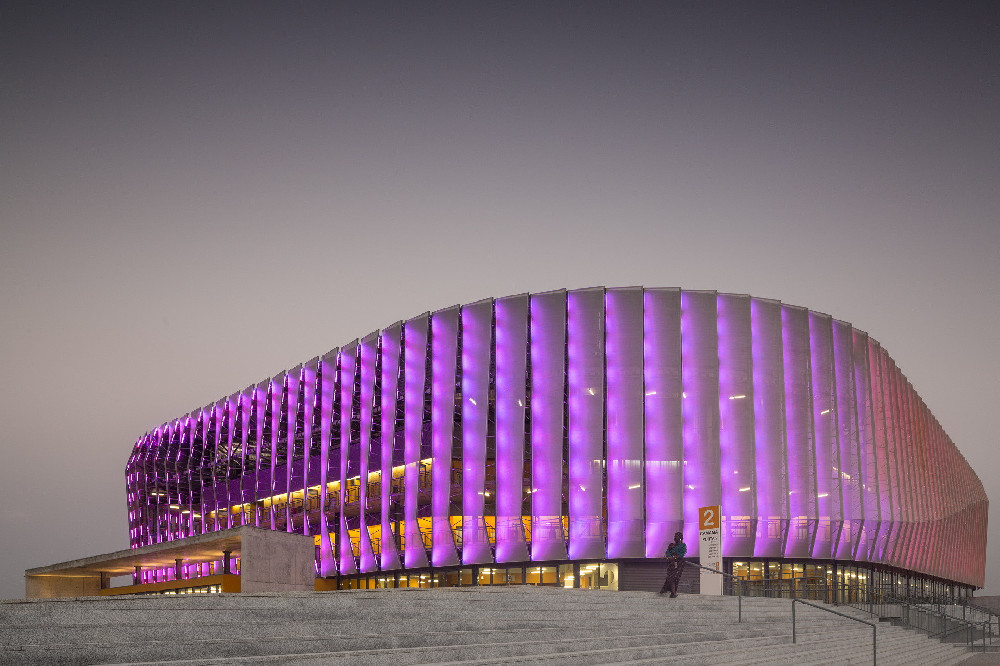Facade Lighting Projects

Facade lighting projects involve illuminating the exterior of a building or structure. These projects can be used to highlight the architectural features of a building, add visual interest, and create a sense of identity for the building.
Facade lighting projects can be as simple as installing floodlights to illuminate a building at night or as complex as designing a custom lighting scheme that integrates with the building's design and functions. Some common types of facade lighting projects include:
Accent lighting:
This type of lighting is used to highlight specific architectural features or elements of a building, such as columns, arches, or sculptures. Accent lighting can be used to add visual interest and create a sense of depth and dimension to the building.
Wash lighting:
This type of lighting is used to evenly illuminate the entire exterior of a building. Wash lighting can be used to create a uniform, cohesive look for a building, or to highlight the overall shape and form of the building.
Graffiti prevention lighting:
This type of lighting is used to deter graffiti and other types of vandalism on a building's exterior. Graffiti prevention lighting typically involves installing bright, evenly distributed lights around the building to create a well-lit, highly visible environment that deters potential vandals.
Function-specific lighting:
This type of lighting is designed to support specific functions or activities that take place outside a building, such as outdoor events or pedestrian traffic. Function-specific lighting can include floodlights, path lights, and other types of lighting that are designed to support specific activities or functions.
Overall, the goal of a facade lighting project is to create a visually appealing, functional, and safe lighting environment for a building's exterior.




